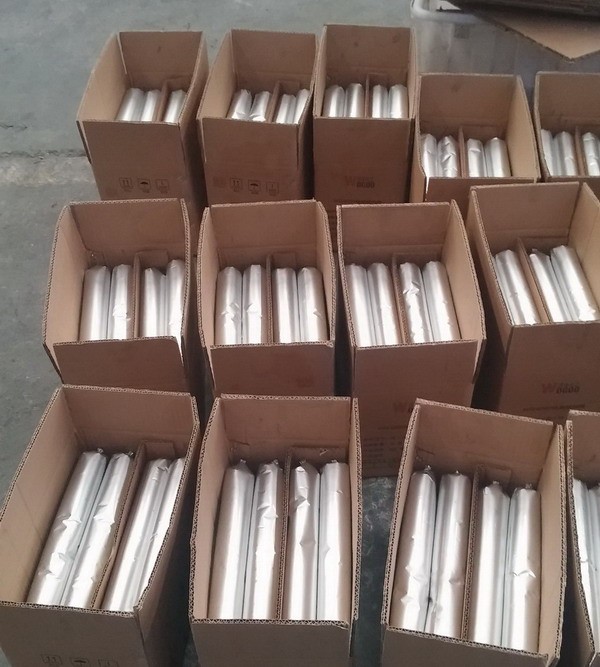In modern architecture, windows and doors play a crucial role in providing insulation, soundproofing, and enhancing the aesthetic appeal of a building. To ensure optimal performance and longevity, it is essential to properly seal these openings. Enter
IG sealant, a key component in maintaining energy efficiency and weather resistance. This comprehensive guide aims to provide a step-by-step overview of using IG sealant for windows and doors, helping you achieve a professional result.
1. Understanding IG Sealant:
IG sealant, short for Insulating Glass sealant, is a specialized material designed to create an airtight seal between the glass units and frame of windows and doors. It prevents air leakage, water infiltration, and offers thermal insulation benefits. Choosing the right IG sealant is crucial, as it directly impacts the overall structural integrity and performance of your windows and doors.
2. Preparations:
Before starting the sealing process, make sure to gather the necessary tools and materials. This includes safety gear like gloves and eye protection, a caulking gun, a utility knife, cleaning supplies, and the chosen IG sealant. Additionally, ensure the working area is clean and dry.
3. Surface Preparation:
To achieve a strong and lasting bond, preparing the surface is essential. Thoroughly clean the window or door frames, sashes, and glass units by removing any dirt, dust, or old sealant residue. Use an appropriate cleaner and let it dry completely. Smooth out any rough edges or imperfections that could affect the sealant application.
4. Applying the IG Sealant:
Insert the chosen IG sealant cartridge into the caulking gun and cut the nozzle at a 45-degree angle. Start by sealing the perimeter of the window or door frame, ensuring the sealant is applied evenly and consistently. Pay extra attention to commonly vulnerable areas such as corners and joints. Apply a continuous bead of sealant, keeping it at the recommended thickness for optimal performance. A steady hand and controlled pressure on the caulking gun are key to achieving a professional finish.
5. Smoothing and Tooling:
Using a gloved finger or a specialized sealant tool, smooth and tool the freshly applied sealant. This process ensures proper adhesion and eliminates air pockets or excess sealant. Aim for a neat and consistent appearance, making sure the sealant is flush with the surrounding surface.
6. Drying and Curing:
Allow the sealant to dry and cure fully, following the manufacturer's instructions. This process typically takes anywhere from a few hours to several days. Avoid exposing the freshly applied sealant to moisture or extreme temperatures during this period.
7. Finishing Touches:
Once the sealant has cured completely, inspect the windows and doors for any inconsistencies or gaps. Touch up any missed areas or apply additional sealant where needed. Wipe away any excess sealant using a clean cloth or specialized sealant remover.
Conclusion:
Properly sealing windows and doors with IG sealant not only enhances their longevity but also improves energy efficiency and provides a barrier against outside elements. By following this comprehensive guide, you can confidently apply IG sealant, ensuring a professional and effective seal. Remember, a well-sealed window or door contributes to a comfortable and sustainable living environment.

Prev: Why to Choose Glazing Sealant from Silicone Tech Adhesive?
Next: Silicone Tech Adhesive's IG Sealant: High-Quality Solution for Sealing Needs
